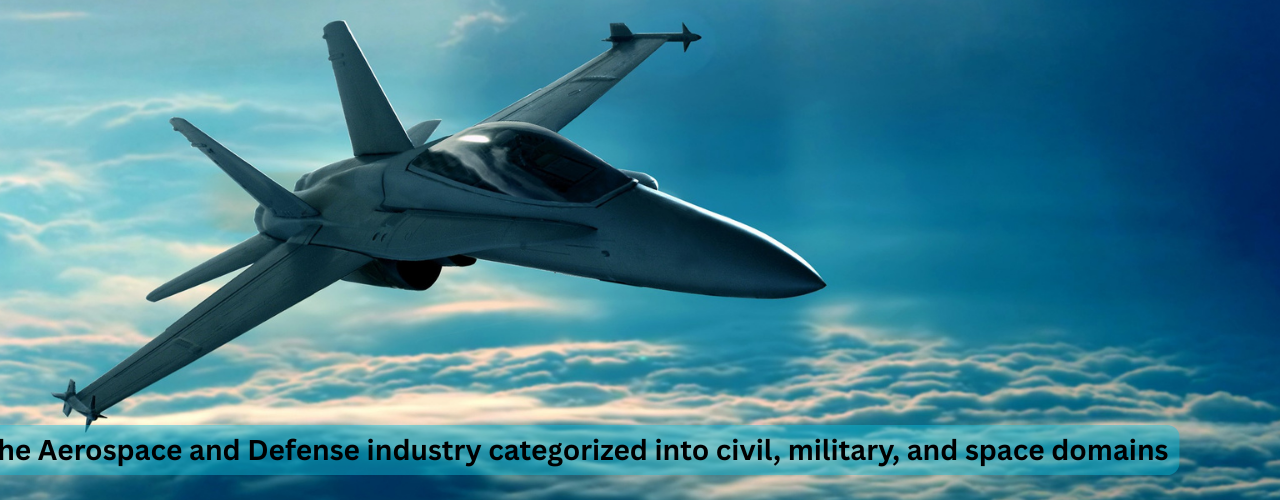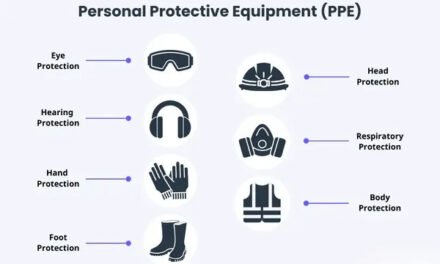The Aerospace and Defense (A&D) industry is broadly categorized into three main domains: civil, military, and space. Each domain serves distinct purposes and operates under specific regulatory, technological, and economic frameworks. Here’s an overview of each:
1. Civil Domain
The civil domain focuses on non-military applications, primarily catering to commercial and private users.
Key Areas:
- Commercial Aviation:
- Development and production of passenger aircraft, such as those used by airlines (e.g., Boeing, Airbus).
- Includes regional jets, business jets, and cargo planes.
- General Aviation:
- Smaller aircraft used for private transportation, recreation, or specialized roles like aerial surveying.
- Air Traffic Management (ATM):
- Technologies and systems to manage and optimize air traffic safely.
- Sustainable Aviation:
- Innovations in fuel efficiency, electric aircraft, and sustainable aviation fuels (SAFs) to reduce carbon emissions.
Primary Goals:
- Enhance global connectivity.
- Improve safety, efficiency, and environmental sustainability in air travel.
Key Players:
- Aircraft manufacturers (e.g., Airbus, Boeing, Embraer).
- Airlines and airport operators.
- Maintenance, repair, and overhaul (MRO) service providers.
2. Military Domain
The military domain addresses national defense and security needs, including land, sea, air, and cyberspace.
Key Areas:
- Military Aircraft:
- Fighters, bombers, transport aircraft, and drones (e.g., Lockheed Martin’s F-35, Northrop Grumman’s Global Hawk).
- Missiles and Defense Systems:
- Ballistic missiles, cruise missiles, and anti-aircraft systems.
- Naval Systems:
- Submarines, aircraft carriers, and warships with advanced weaponry and stealth capabilities.
- Ground Defense:
- Armored vehicles, tanks, and artillery.
- Electronic Warfare and Cybersecurity:
- Systems for jamming, hacking, and protecting military networks and communications.
- Unmanned Systems:
- Autonomous drones and robotic platforms for reconnaissance and combat.
Primary Goals:
- Protect national sovereignty and interests.
- Develop advanced defense technologies for strategic advantage.
Key Players:
- Defense contractors (e.g., Lockheed Martin, Raytheon Technologies, BAE Systems).
- Government agencies and military forces.
- Research institutions collaborating on military innovation.
3. Space Domain
The space domain encompasses activities related to space exploration, satellite technology, and commercial space ventures.
Key Areas:
- Satellite Systems:
- Communication, navigation (e.g., GPS), Earth observation, and weather forecasting satellites.
- Space Exploration:
- Manned and unmanned missions to explore planets, moons, and other celestial bodies (e.g., NASA’s Artemis program, ESA’s Mars missions).
- Commercial Space:
- Private ventures such as space tourism, asteroid mining, and reusable launch vehicles (e.g., SpaceX, Blue Origin).
- Space Defense:
- Military applications, including satellite protection, space surveillance, and anti-satellite weaponry.
- Space Infrastructure:
- Development of space stations, habitats, and in-orbit refueling technologies.
Primary Goals:
- Advance scientific knowledge and exploration.
- Enable global communication and data-sharing.
- Ensure national security in the space domain.
Key Players:
- Government space agencies (e.g., NASA, ESA, ISRO, CNSA).
- Private companies (e.g., SpaceX, Blue Origin, Rocket Lab).
- Satellite operators and manufacturers.
Interdependencies Between Domains
- Technology Sharing: Innovations in one domain (e.g., advanced materials or AI) often spill over to others.
- Dual-Use Systems: Many systems, such as satellites or drones, have both civil and military applications.
- Collaborative Projects: Space exploration and satellite programs often involve both civil and military stakeholders.
Conclusion
These domains—civil, military, and space—highlight the diversity and complexity of the Aerospace and Defense industry. While they operate in distinct spheres, their interrelated goals and technological advancements collectively shape global progress in connectivity, security, and exploration.
Hashtags
#Aviation #CommercialAviation #CivilAviation #AerospaceInnovation #NextGenAircraft #AirTravel #FlightSafety #SustainableAviation #UrbanAirMobility #AviationTechnology #FutureOfFlight #MilitaryAviation #DroneWarfare #SpaceExploration #RocketScience













